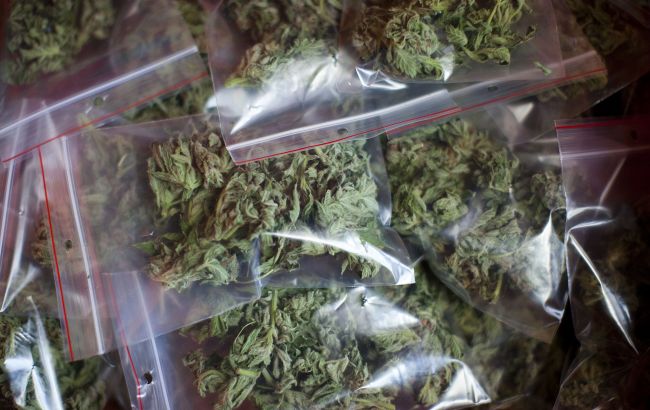Teen cannabis consumption rises 26% in Canada after edibles legalization
 Canada sees alarming rise in teen cannabis use post-edibles legalization (Illustrative photo: Getty Images)
Canada sees alarming rise in teen cannabis use post-edibles legalization (Illustrative photo: Getty Images)
Canada's move to legalize cannabis edibles in 2019 coincides with a worrying 26% rise in youth use, particularly of sweetened THC products like gummies and sodas, reports CNN.
Since Canada legalized cannabis extracts and edibles in October 2019, teen cannabis use jumped by 26% in provinces that allowed sales, while usage in Quebec — where edibles remain banned — stayed steady.
The study, published in JAMA Network Open, analyzed responses from over 106,000 students aged 12 to 17 and found a particularly alarming 43% increase in the consumption of edible cannabis products.
"These products, like cannabis chocolates, gummies, and sodas, are often visually similar to regular snacks and may appeal to young people," said lead author Dr. Hai Nguyen, a professor at Memorial University of Newfoundland. "Despite regulations on packaging, illicit versions sold online frequently mimic popular treats."
Health concerns grow as attitudes shift
Experts warn of the potential long-term effects. "If you start using earlier, it may be harder to change that trajectory later on," said Dr. Joshua Gowin, a neuroscientist at the University of Colorado, noting that cannabis can alter brain development tied to learning and decision-making.
The CDC adds that early use is linked to higher risks of mental health disorders like depression, anxiety, and even schizophrenia.
These findings echo the results of the largest study to date on cannabis and memory, which showed that long-term use negatively affects working memory and brain activity, even in adults aged 22–36. That study also pointed to lasting cognitive deficits in heavy users.
The current research also revealed that students perceive cannabis as less harmful post-legalization and are more likely to combine it with alcohol — a trend that jumped by 28%. While causation remains complex, the shift in social attitudes may be influencing usage patterns more than policymakers expected.
As laws evolve, experts urge stronger education and smarter regulation to protect adolescents from long-term harm.

